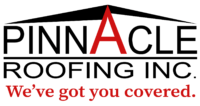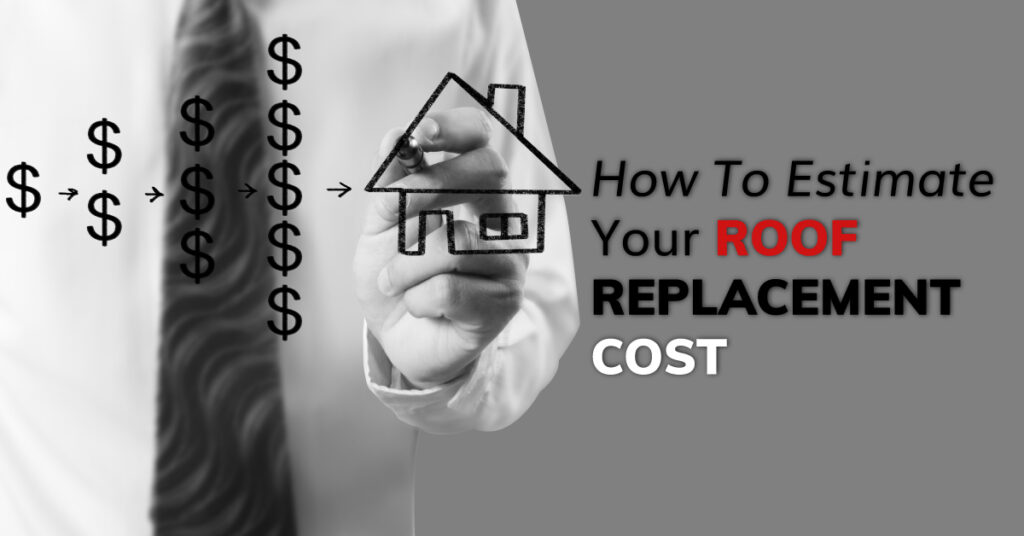Shingles have long been a go-to roofing material in the United States. They continue to be an excellent choice for many homes. With other roofing materials like metal and tile becoming more popular, you may wonder whether shingles are still a good option for you.
There’s no right or wrong answer here. It all depends on your preferences and priorities. Consider the following pros and cons of shingles to decide whether they’re the roofing material for you.
The Pros of Shingles
Affordability
Replacing a roof is a big job, and it can get expensive. Shingles are one of the most affordable roofing materials, so selecting them can help keep costs down. The shingles themselves ring in at about a third of the price, or less, of metal roofing. Slate roofing can cost six times as much as shingles, if not more, and clay tiles have a similar price point.
Architectural shingles do cost more than 3-tab shingles, but they are still more affordable than most other roof materials.
Good Protection
Shingles perform decently in hot, cold, wet, and dry weather. Today’s shingles are made to be more wind and rain-resistant than those made several decades ago. As a result, they’re a great, all-around choice in a place like the Capital Region, where weather and temperatures vary throughout the year.
Easy Installation
Most roofers have a lot of experience installing shingles. So, they can do it quickly and efficiently. Installing shingles is less intricate than installing some other roof materials, which means there is less room for error. The quick and easy installation also helps keep costs down.
Multiple Styles
Since shingles are so popular, manufacturers make them in a wide range of colors and styles. You can find anything from standard black shingles to bright blue ones. Choose modern architectural shingles or more traditional 3-tab ones. It’s easy to coordinate a shingle roof with the rest of your home, regardless of its architectural style.
There are also shingle styles to suit various needs. For instance, you can buy algae-resistant shingles for shaded roofs or reflective shingles for roofs that get a lot of sunlight.
Easy Replacement
When your shingle roof reaches the end of its lifespan, it is easy for roofers to tear off, dispose of, and replace. If your shingle roof needs repairs along the way, a roofer can easily replace a few shingles without having to replace the entire roof.
The Cons of Shingles
Vulnerable In Extreme Heat
Shingles can handle the heat, but they’re not the best roof material for extreme heat. Sustained heat can weaken the shingles and make them more prone to cracks and other damage. Dark-colored shingles, especially, can also absorb a lot of heat and raise your attic temperature.
The Capital Region and Vermont don’t typically get temperatures high enough to ruin shingles. However, this is something to keep in mind if you ever move to a hotter area.
Vulnerable to Wind
Today’s shingles stand up to wind pretty well, but powerful gusts may still lift some shingles off your roof. Often, if the shingles’ edges are slightly raised from previous damage, the wind can catch them and tear them off.
If you choose shingles for your roof, you will want to keep a close eye on them after wind storms. Be prepared to call a roofer for repairs before leaks develop due to missing shingles.
Cracks
Shingles can crack. This often occurs due to rapid fluctuations in temperature. It can also happen if water works its way into a surface crack in the shingle and then freezes.
Cracked shingles can be replaced. However, you will need to keep an eye on your roof to ensure you notice cracked shingles before they start leaking or causing other damage.
Shorter Lifespan
While shingles are more affordable than most other roofing materials, they don’t tend to last as long. Most shingles are rated for 30 years. Metal roofs, for comparison’s sake, tend to last 50 years or more. Slate roofs can last 100 years or more with the proper care.
There are lots of steps you can take to extend your roof’s lifespan. You should have it inspected annually. Also, make sure you keep your gutters clear and trim back any nearby trees. Even with these measures, a shingle roof won’t last as long as a metal or tile one. Shingle roofs continue to be an affordable, attractive, easy-to-install option for most homeowners. They might, indeed, be the perfect roofing material for you. To learn more about shingles and other roofing options, contact Pinnacle Roofing. We provide roofing services in the Capital Region of New York and Southern Vermont.



